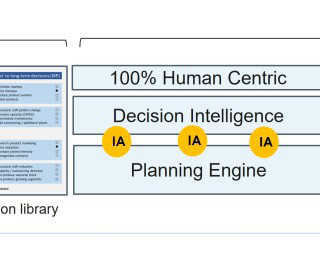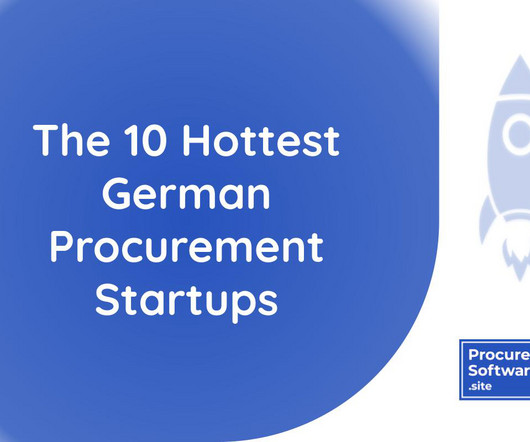The Intelligent IBP Manifesto – key principles for a new planning paradigm
Supply Chain Trend
DECEMBER 22, 2023
However, only 3% of companies apply automated execution and 7% autonomous end to end planning. Planning functions with a majority of decisions being automated or autonomous are sales and operations execution (S&OE) (57%), order fulfillment/available to promise (56%), production planning (53%) and production scheduling (53%).











Let's personalize your content